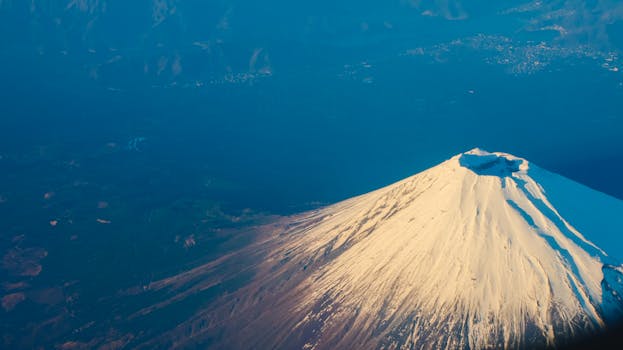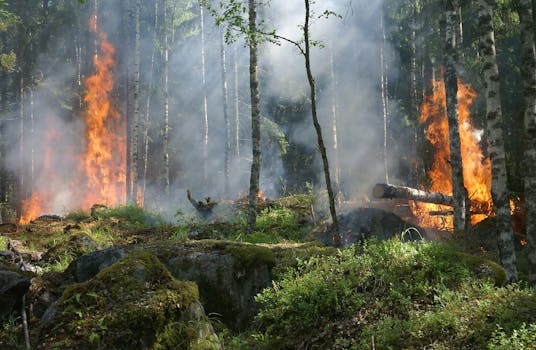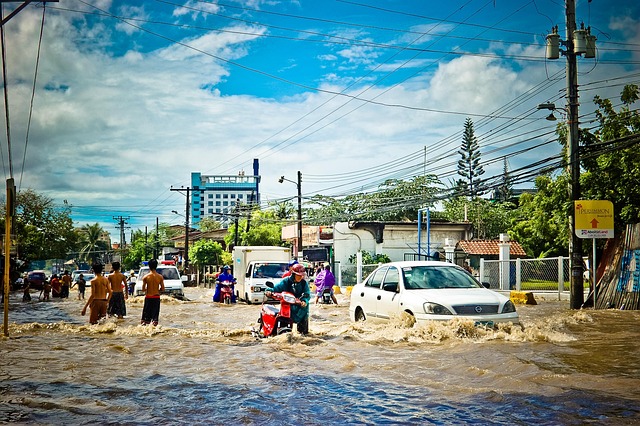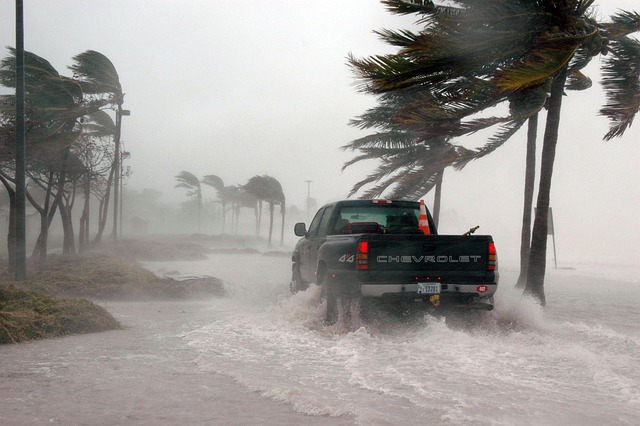Surviving Natural Disasters




Around the world, natural disasters affect millions of people every year. These powerful events can destroy homes, disrupt communities, and even change the environment. However, with the right knowledge and preparation, people can protect themselves and reduce the damage caused by these disasters.
What Are Natural Disasters?
A natural disaster is a sudden event that causes serious destruction. There are many types of natural disasters, each with unique dangers:
- Floods occur when heavy rain, melting snow, or broken dams cause water to cover land that is usually dry. Floodwaters can destroy buildings, carry away cars, and spread disease.
- Hurricanes (also called typhoons or cyclones) are powerful storms with strong winds and heavy rain. These storms can cause flooding, destroy homes, and knock out electricity.
- Earthquakes happen when the ground shakes due to movements in the Earth’s crust. Earthquakes can cause buildings to collapse, start fires, and even trigger tsunamis.
- Droughts are long periods with little or no rain. Without enough water, crops die, rivers dry up, and people and animals suffer from thirst and hunger.
- Volcanoes erupt when hot magma, ash, and gases burst out from the Earth’s surface. Volcanic eruptions can cause deadly explosions, cover cities in ash, and create lava flows.
- Blizzards are extreme snowstorms with strong winds and freezing temperatures. These storms can block roads, cause power outages, and put people in danger of frostbite and hypothermia.
- Wildfires are fast-moving fires that spread through forests, grasslands, or dry areas. Strong winds and dry conditions make wildfires difficult to control, destroying homes and harming wildlife.
How Can We Prepare?
While we cannot stop natural disasters, we can take steps to protect ourselves. Here are some important ways to prepare:
- Stay Informed – Pay attention to weather reports and emergency warnings. Knowing when a disaster is coming can save lives.
- Make an Emergency Kit – Have supplies ready, including food, water, medicine, flashlights, batteries, and important documents.
- Create a Safety Plan – Families should decide where to go and what to do if a disaster happens. Having an evacuation plan is important.
- Protect Your Home – In areas with hurricanes, strong roofs and storm shutters can help. In earthquake zones, securing heavy furniture can prevent injuries.
- Follow Safety Guidelines – During disasters, listen to emergency officials. If an area is under evacuation orders, leave immediately.
What to Do During a Disaster
Each type of disaster requires a different response. Here are a few examples:
- During a flood – Move to higher ground and avoid walking or driving through floodwaters.
- During a hurricane – Stay indoors, away from windows, and have emergency supplies ready.
- During an earthquake – “Drop, Cover, and Hold On” under a sturdy table or against a strong wall.
- During a wildfire – If evacuation is necessary, leave quickly and cover your nose and mouth to avoid breathing in smoke.
- During a blizzard – Stay indoors, wear warm clothing, and avoid unnecessary travel.
Recovering After a Disaster
After a natural disaster, it is important to:
- Check for injuries and help others if possible.
- Avoid damaged buildings, power lines, and unsafe areas.
- Follow official updates on when it is safe to return home.
- Clean up carefully, especially after floods and wildfires, to avoid contamination.
